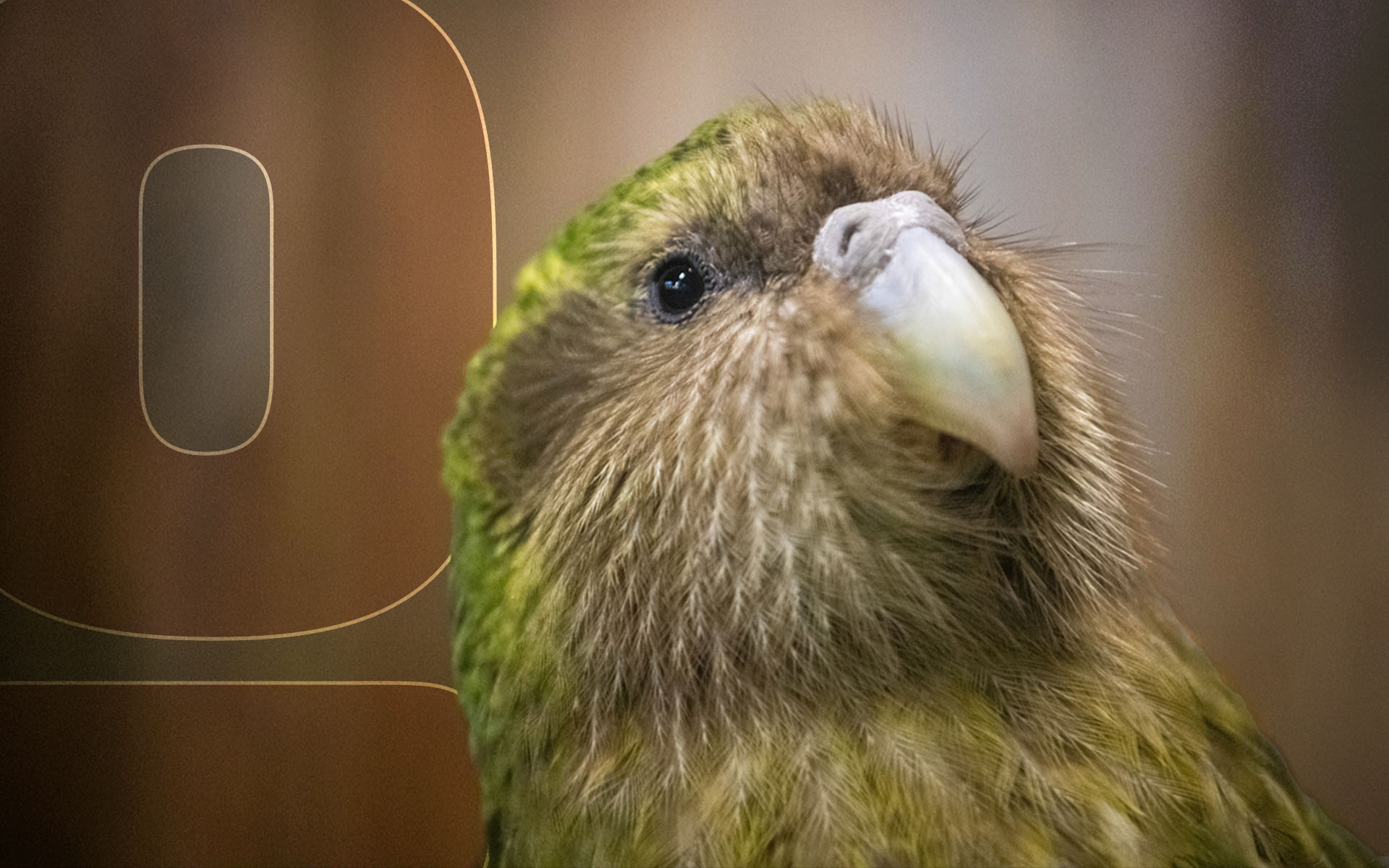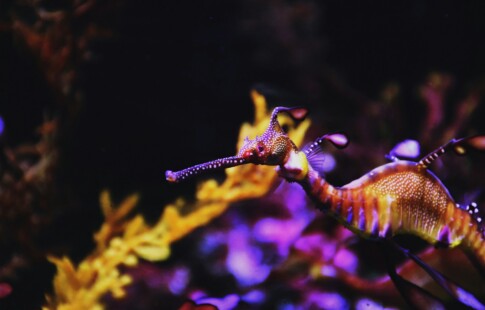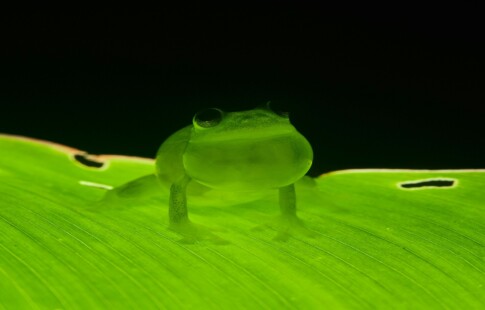
5 Species of Endangered Birds
We are reader-supported. When you buy through links on our site, we may earn affiliate commission.
It’s no secret that the environment is more than just the place we call home. It gives us everything we need to survive, including food, water, oxygen, land and shelter.
Millions of animal species help maintain biodiversity in ecosystems around the world. However, when animal species decline in population or go extinct, it can cause ecosystems and people to suffer. For example, like many other animal species, some bird populations are steadily declining, and some even facing extinction. Many organizations are trying to conserve endangered birds to keep the environment functioning correctly.
Below, learn more about the role birds play in the environment and discover five types of endangered bird species.
Why Birds are Important in the Environment
Birds are important animals that help maintain a functional ecosystem. They live in virtually every corner of the world, benefiting the environment and serving as a key element in nature’s food chain.
Here are some of the ways birds contribute to a healthy environment:
- Control pests that destroy crops
- Disperse seeds to spread plants into new regions
- Scavenge carcasses to reduce the spread of animal-borne diseases, like rabies and distemper
- Eat millions of insects that bite or sting humans
- Keep the mice and rat populations balanced
Birds are also sensitive to toxins and other human-made pollutants. If problems are detected in some species of wild birds in a given area, it serves as a warning sign that something is wrong with the environment.
Many people also enjoy feeding, watching or listening to birds for enjoyment. In fact, birds help support the economy. Every year, wildlife watchers and people with an interest in birds spend money to travel, purchase equipment and other related expenses. Research suggests that in 2016, around 300,000 birders spent $378 million when they visited Alaska, and birdwatching supported around 4,300 jobs.
5 Species of Endangered Birds Around the World
There are two main reasons why some animal species go extinct: loss of habitat or loss of genetic diversity. The International Union for Conservation of Nature (IUCN) classifies species in seven levels to describe how at risk they are of extinction.
The IUCN has a “Red List of Threatened Species,” which includes the severity of specific threats to an animal species. Currently, the Red list contains 423 bird species that are considered endangered (EN), and 232 species that are critically endangered (CR).
Below are five examples of endangered or critically endangered birds.
1. Kakapo
One of New Zealand’s unique treasures is a flightless, nocturnal bird called the Kakapo. It’s also commonly known as the owl parrot. Kakapos are large, green birds with owl-like faces and waddling gaits.
It’s also considered one of the longest-living birds around, as they typically live for around 90 years. The birds are considered critically endangered, with only 252 Kakapos alive today. Four main threats make them endangered: infertility, predators, disease and genetic inbreeding. Although conservation efforts for the Kakapo began in the 19th century, they were teetering on the edge of extinction in the 1990s.
2. Hooded Grebe
Native to the Southern region of Argentina, the hooded grebe is a medium-sized bird that grows to around 13 inches in length. It’s black and white in color and is also found in remote, isolated regions in Patagonia. The IUCN officially classified the hooded grebe as critically endangered in 2012.
One of the main predators of the hooded grebe is the American Mink. Minks are capable of decimating large populations of hooded grebes, making them a serious threat and increasing the chances of the species going extinct.
3. Regent Honeyeaters
Honeyeaters are a large group of small and medium-sized birds most commonly found in Australia and New Guinea, but also live in New Zealand, Wallacea and the Pacific islands of Samoa and Tonga. Bali has one single species of honeyeater in the region. The regent honeyeater specifically is listed as a critically endangered bird species.
In 2021, the BBC reported that around 300 regent honeyeaters remain in the world. They are considered rare songbirds. However, due to declining numbers, researchers say that these birds are essentially “losing their songs.” In other words, the natural song of the regent honeyeater has disappeared in 12% of the population.
4. California Condor
In 1987, the species known as the California condor, the largest bird in North America, almost completely disappeared — it’s reported that there were only 27 total birds left at that time. From that point on, conservationists captured those remaining birds and created a captive breeding program to increase the number of birds.
The bird is capable of flying up to 15,000 feet and its main food source is carrion. There are a few reasons why the population of California condors declined, such as lead poisoning, pollution, hunting and habitat destruction. The program mentioned above hatched its 1,000th chick in 2019, with both the mother and father birds being born in captivity.
5. Northern Bald Ibis
Last but not least, the Northern bald ibis is another bird species that is critically endangered and has a declining population. Estimates show that fewer than 1,000 exist in the wild. The bird has a bare red face and throat, short legs and long quills that form a raggedy mane.
These birds are often found in barren, desert-like areas but stay near a source of running water. One fossil of the Northern bald ibis dated back 1.8 million years. The number of these birds is declining, with around 2,000 held in captivity. Some reasons for their classification are hunting, pesticide poisoning and habitat loss.
This is in no way an exhaustive list of endangered bird species. However, it does show how many human activities can negatively impact bird species populations. Habitat loss is a common reason why some species are becoming rare.
Protecting Bird Species at Risk of Extinction
Many bird populations are experiencing rapid declines. Various organizations have and continue to make great strides to conserve bird species and allow their populations to thrive.
Because birds play such an important role in ecosystems across the globe, it’s critical to make efforts to reduce threats to birds, conserve their habitats and focus on environmental sustainability. Spreading awareness about the various declining populations of bird species can also help with conservation goals and keep ecosystems functioning properly.
Share on
Like what you read? Join other Environment.co readers!
Get the latest updates on our planet by subscribing to the Environment.co newsletter!
About the author

Jane Marsh
Starting from an early age, Jane Marsh loved all animals and became a budding environmentalist. Now, Jane works as the Editor-in-Chief of Environment.co where she covers topics related to climate policy, renewable energy, the food industry, and more.





